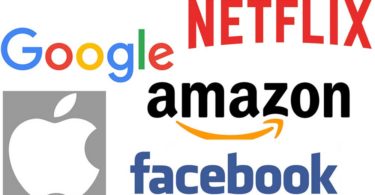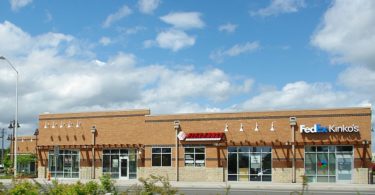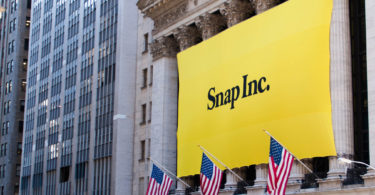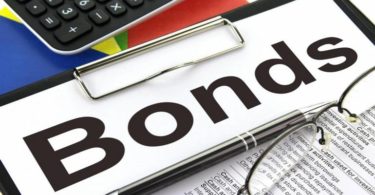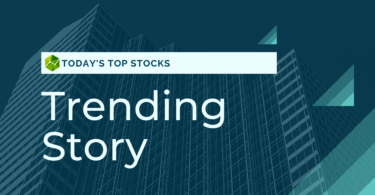With the first half of 2020 officially in the books, I thought I'd look ahead and try to figure out what the second half might bring.
What looks good? What doesn't?
Well, regretfully, I've come to find that quite a lot looks bad.
To put it bluntly, stocks are in a bubble.
As of June 30, the market posted its best 100-day period in more than 80 years, going back to 1938, according to Bespoke Investment Group.
The S&P 500 is up 35% from its March low and is now trading at 21.9 times expected earnings over the next 12 months. That's the highest level in at least 18 years and nearing the record 24.4 on March 24, 2000, which was just before the dotcom bubble burst.
It just doesn't make any sense when you look at where we're at.
Last month, there was all this optimistic talk of a ‘V' shaped recovery, as it began to look like the COVID-19 pandemic was close to being tamed.
Anyone who follows us here at the Outsider Club knows we never believed that would be the case, but I also didn't believe things would get much worse.
And yet they have gotten worse. A lot worse.
The U.S. has completely and utterly failed to reign in the disease. We're a global pariah. We might even be called a laughing stock, but there's nothing funny about the mounting infection rate and death toll.
We're hitting new record highs pretty much every day at this point.

The U.S. surpassed 3 million confirmed cases and more than 132,000 deaths. Globally, there have been almost 12 million cases and more than 546,000 deaths. That means our country accounts for 25% of global cases and 24% of the total death toll, despite making up just 4% of the world's population.
Appalling.
States that re-opened may have to close back down. Sports organizations that thought they'd be able to delay their seasons are now coming to realize they may have to cancel them entirely. No one has any idea how schools will reopen in a month.
Nonetheless, key parts of the stimulus bill Congress passed in the spring are now set to expire in July. The checks that were sent out have been spent, the unemployment buff is set to disappear, grocery bills are soaring, and millions of Americans are poised to fall behind on their rent and mortgage payments.
Major parts of the consumer economy — hotels, airlines, restaurants, bars, tourism, entertainment, etc — continue to languish and suffer new declines after posting modest rebounds.
So why are stocks so pricey?
Well, partly because of the Fed, which has swooped in with massive bond purchases.
But all that means is that bonds are as much of a bubble as stocks are.
Buy $1,600 “Tier 2 Gold” For $8.10 Per Ounce
When gold prices start going up (which some already are)… your return on this Tier 2 gold will be much higher than if you had bought gold the normal way. You can expect huge returns of 512%, 627%, 832%, 3,900%, and even 7,042%. Click ‘Watch Now' to see how you can join the next gold rush.
The Bond Bubble
Nonfinancial business debt grew by 19% in the first quarter — the biggest surge in at least 40 years, according to the Federal Reserve. In all, businesses took on more than $3 trillion in new debt in the first three months of 2020, 10 times as much as in the previous three months.
And a lot of that money is going to companies that can't even afford to service their interest payments. These are called “zombie” companies and they now make up roughly one-fifth of all U.S. companies.
They're effectively doomed to fail but are now being kept on life support by the Fed.
Indeed, the central bank is buying bonds from large, credit-worthy companies like Microsoft, CVS, and Goldman Sachs, but it's also sucking up debt from companies that were near the bottom of investment-grade before the pandemic but have since fallen to junk.
And in some cases, even Fed intervention hasn't been enough.
There have already been 109 bond defaults this year, including 18 in the energy sector where the largest number of zombie corporations are clustered. That sector saw just 20 defaults in all of 2019, according to S&P Global Ratings.
Meanwhile, the U.S. high-yield default rate hit 5% in June for the first time since July 2016, according to a new Fitch Ratings report.
Fitch's Top Bonds of Concern list total now stands at $45.6 billion. And the combined Top Bonds and Tier 2 list total is $227.5 billion, which has more than doubled since the pandemic began and now comprises 17% of the high yield index.
“In March, we raised our 2020 base case default forecast to 5%-6%, with a severe case default rate of 7%-10% for 2020,” Fitch said. “The high end of the severe case equates to more than $130 billion of defaults and would eclipse the record $113 billion set in 2009.”
Fitch also expects a 7%-8% base case default rate for 2021, or roughly $100 billion. That translates into a two-year cumulative base case default rate of about 15%.
More defaults mean more bankruptcies. And more bankruptcies mean higher unemployment, less spending, and less investing.
And again, the Coronavirus situation, at least in the United States, is getting worse, not better.
So my advice is to be very wary of stocks and bonds. Yes, there are some good ones out there. There are bargains to be found. But generally, I think the better play is gold.
Gold is the safest place to be right now. That's why it's surging to its highest level in close to a decade.
Some people are going to find that out the hard way in the coming months when stocks and bonds crash down like the house of cards they are.
Fight on,

Jason Simpkins



